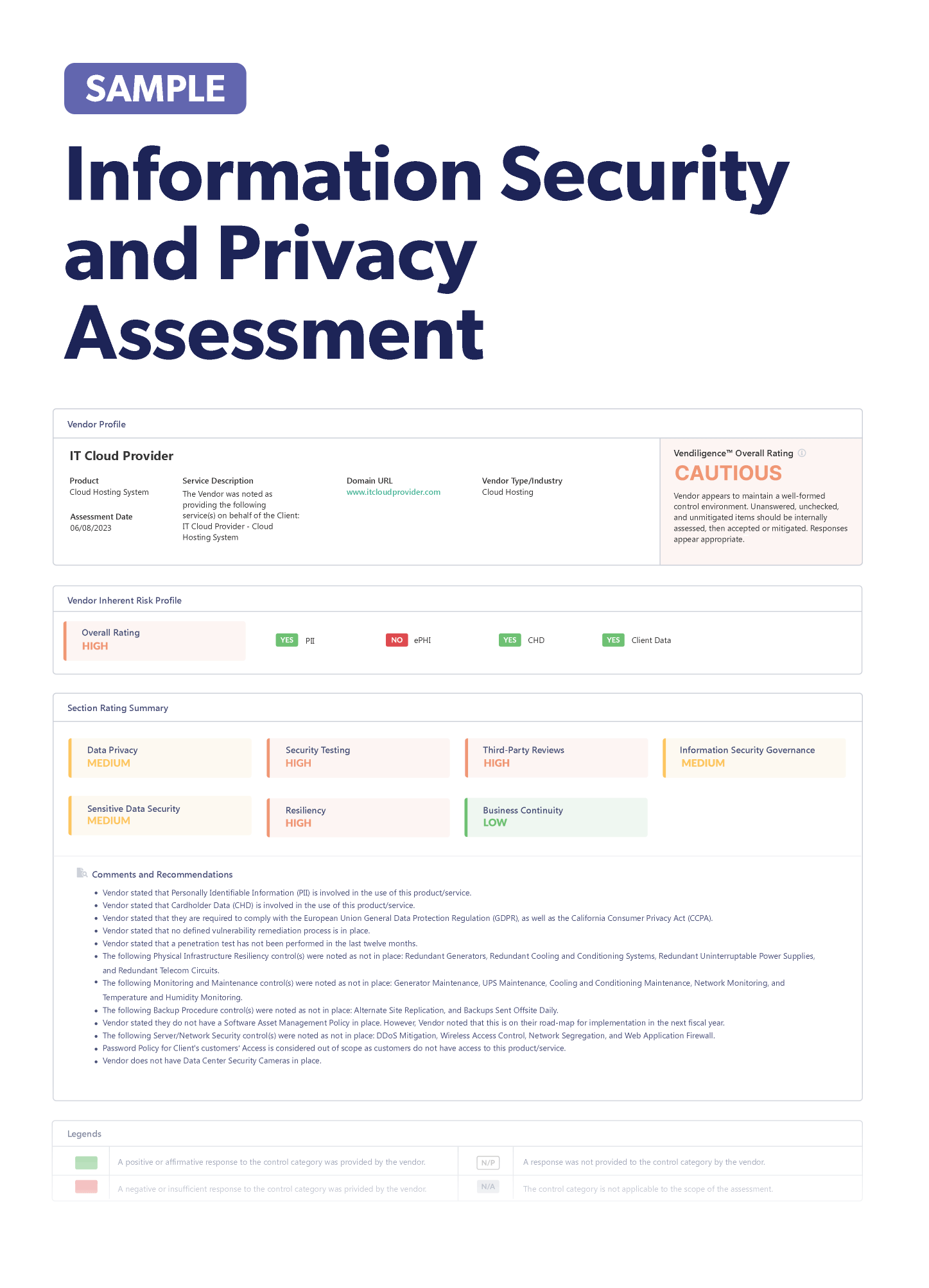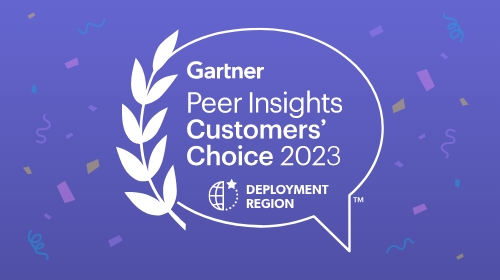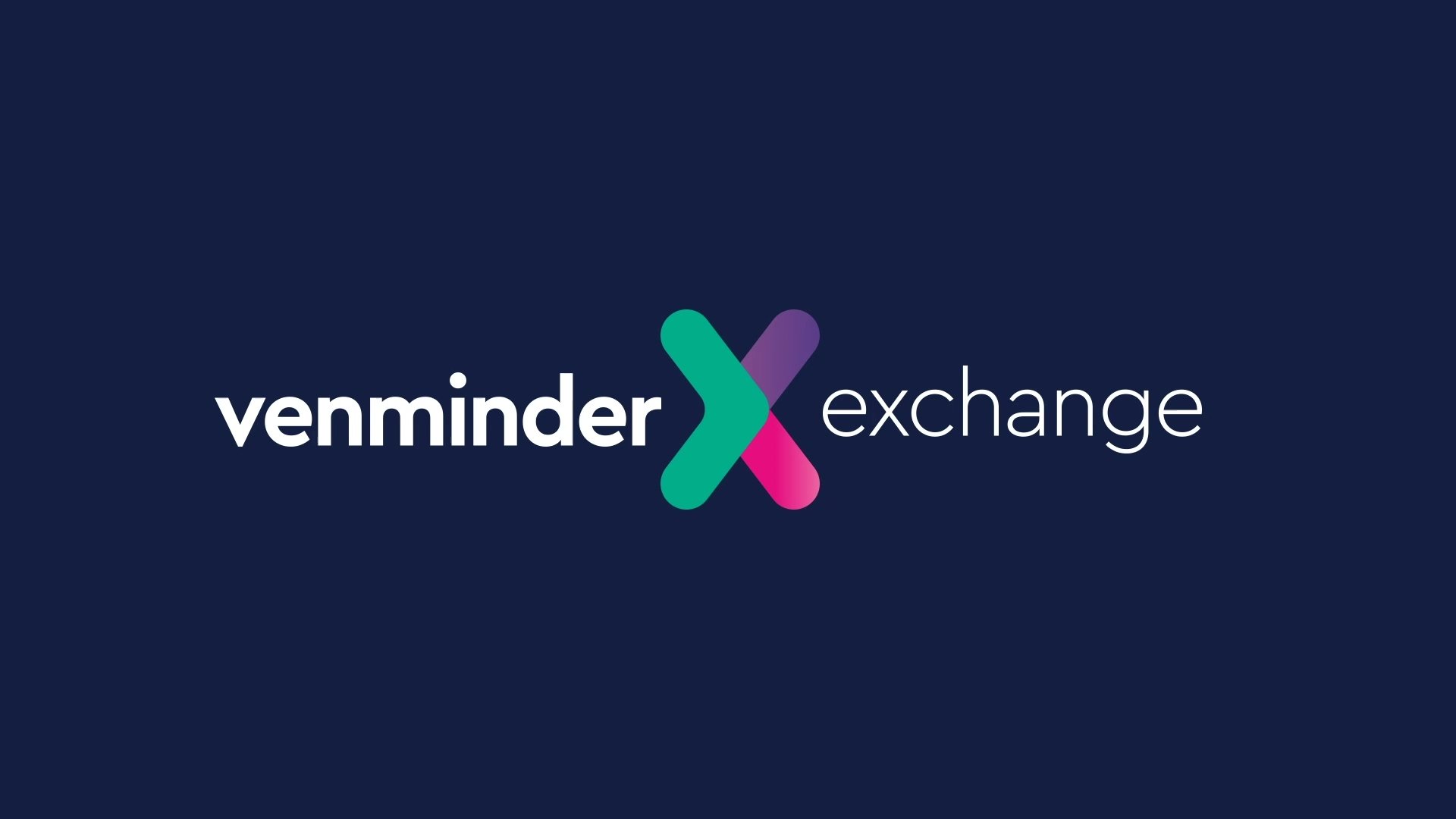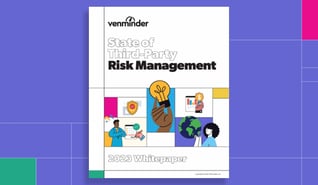The four options to manage risk include avoidance, mitigation, transference and acceptance. If an organization cannot mitigate, accept or avoid the present risk altogether, the other option is to transfer the risk to an insurance carrier who distributes the risk among other insureds.
Likewise, your vendors will have the same strategy for risk management. An organization can outsource the task, but not the risk as it’s still the responsibility of the organization to manage the risk of the task that is outsourced to third parties.
So, what insurance should your organization require of your vendors to mitigate your risk of outsourcing?
Consider the Risks When Determining Vendor Insurance Requirements
During the second stage of the vendor lifecycle, as you collect due diligence and determine residual risk, organizations should consider what risks their vendors should be insuring.
Let’s consider some examples:
- If your vendor is a Software as a Service (SaaS) organization, you want to make sure they have adequate cyber insurance.
- If your vendor provides professional services, be sure they carry adequate professional liability insurance.
- If the vendor physically enters your building to perform work, they should have adequate workers’ compensation insurance.
Here’s a real-life scenario where workers’ compensation insurance is important: An organization hired an independent contractor to perform basic handyman tasks including changing filters, routine repairs and changing light bulbs. While changing light bulbs in a gymnasium with 30-foot ceilings, the vendor was electrocuted and fell unconscious to the gym floor suffering severe injuries. This resulted in over a year of surgeries and rehab. The insurance claim exceeded $1 million, and the organization lost insurance coverage. While this vendor poses very little high-profile risks like cybersecurity, business continuity or reputation, they do pose very high risk of personal injury.
Obtaining a Certificate of Insurance
Once you determine the appropriate coverages required to outsource services to a vendor, the certificate of insurance (COI) should be obtained during the vendor vetting process. The certificate of insurance is a standardized document typically provided through an ACORD certificate of liability insurance. It’s quickly and easily obtained through an organization’s insurance broker. If not, it’s time to look for another broker.
And, if your vendor management program is newer, and you didn’t obtain a COI during vendor vetting, it’s a best practice to request one annually as a part of ongoing monitoring.
Types of Insurance Policies
Many brokers offer self-service and automated COI requests. The COI lists coverages for basic policies including:
- Commercial general liability (CGL): comprehensive insurance that covers bodily or personal injury and property damage that may occur on an organization’s property/properties
- Business automobile policy (BAP): provides coverage for vehicles used by the organization, whether they are owned, leased, hired by the organization or employee-owned and used for business operations
- Professional liability: used to protect licensed organizations and individuals from claims of negligence, malpractice or misrepresentation
- Errors and omissions (E&O): a type of professional liability insurance that provides coverage for claims that the organization produced inadequate services or was negligent in their actions
- Workers’ compensation: mandated by the government, this type of insurance covers injuries or disabilities sustained by individuals during their employment at an organization
- Cyber and privacy: helps to protect an organization from the financial burdens that occur when cybersecurity events result in the loss of confidential information
If the coverage you need isn’t listed, it’s appropriate to ask for it to be added to the COI.
Reviewing the Certificate of Insurance
When reviewing the COI, be sure that your organization is listed as the certificate holder. The certificate holder is the "main contractor,” and the COI shows that the subcontractor or vendor does in fact maintain insurance and names the main contractor as the certificate holder. It’s just a proof of insurance. During the early stages of vendor vetting, a third party may provide a COI that states “proof of insurance" as the certificate holder.
On rare occasions, the organization may request that the vendor include the organization as an additional insured. The main contractor is named as an “additional insured” on the certificate of insurance, is given coverage, and has rights under the subcontractor’s or vendor's policy in the event of a future claim. Some carriers will charge the subcontractor or vendor a premium for this privilege because they’re conferring coverage.
In summary, during each stage of the vendor lifecycle, an organization should evaluate the need to request proof of insurance, which is typically provided through a certificate of insurance. The adequacy of insurance coverage is determined by the organization’s risk assessment including how much harm the organization would suffer and the risk mitigation strategies in place with the third party. Ensuring that your vendor is adequately insured will set you up for a successful partnership.
Understanding the risks posed in third-party relationships are important. Learn the different types of vendor risk. Download the eBook.


















